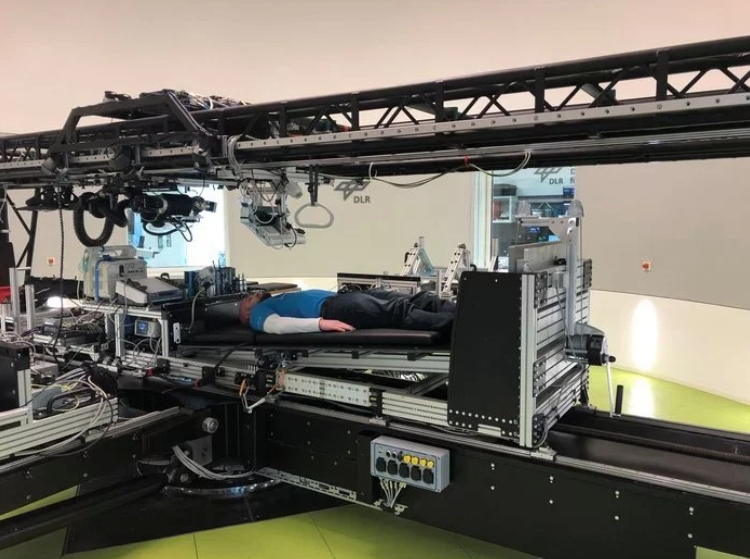If you think your dream job doesn’t exist, you might be wrong.
NASA is paying volunteers to participate in a study. Their job? Lounge in bed all day and watch favorite TV shows.
The participants, who started the study on March 25, will spend two months in specialized cots and will take with them a whopping £14,000 (or $19,000).
The research is aimed at finding how long-haul spaceflight affects the human body.
The participants will have access to all leisure activities such as reading material and TV so they don’t get bored during the duration.
But it’s not so simple.
The catch is, the participants will have to do everything right from eating snacks to watching TV to even going to the loo in a lying position.

The study is being conducted at the German Aerospace Centre (DLR) by collaboration between NASA and the European Space Agency (ESA).
According to ESA, the researchers would find out how “weightlessness, cosmic radiation, isolation and spatial restrictions” affect the physical health of astronauts.
The study will particularly look at the muscle wasting – a phenomenon in which the human body starts breaking its own muscles when they’re not being used for a long time.
Currently, astronauts have to exercise on a regular basis with the help of resistance machines so as to keep their muscles from being wasted.
In the study, scientists will find out if daily sessions inside an artificial gravity chamber could stop muscle wasting on long-haul missions to far-off areas in space.

A total of 24 people will be put through two months of bed rest at a facility in Cologne.
The organizers of the study recommend volunteers to use the free days to learn new skills or take online courses besides binge-watching Netflix.
Participants will be propped at a slightly inclined state with their heads lower than their legs so as to reduce blood flow to the body extremities.
This will be just like the effects of microgravity which leads to numbness and even muscle wasting.

Volunteers will also be spun around in a centrifuge at speeds of around 20 revs per minute in intermittent sessions to mimic the conditions in a spaceflight, Dr Edwin Mulder, the lead author of the study hailing from the DLR Institute of Aerospace Medicine, told the Sun.
After the stipulated duration, participants will undergo a thorough evaluation of their ‘muscle wasting’. They will also undergo two weeks of rest and rehabilitation before they get back to their normal life.
Scientists hope the findings of the study would help them find a solution to muscle wasting, eventually enabling the astronauts to undertake long-haul space missions.
Recommended Video – “5 Secret Footages Nasa Doesn’t Want You To Watch!”


